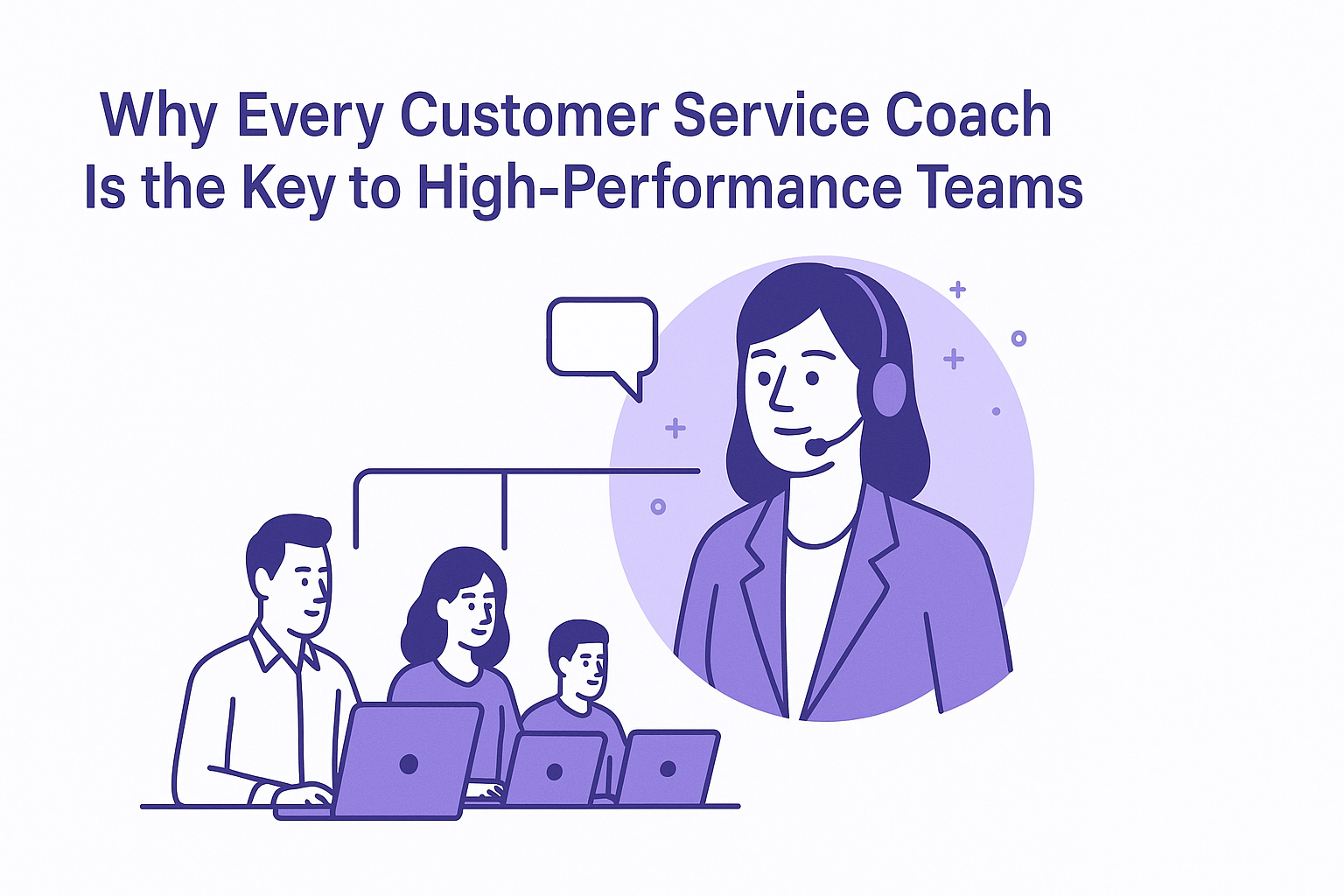Free AI Survey Analysis: Your Guide to 2025’s Best Tools
-
Hello Insight
- 10 min read
In 2025, the power of free AI tools for analyzing survey data has never been more accessible. Gone are the days of manually reading through hundreds of open-ended responses, painstakingly coding themes, and spending countless hours on spreadsheets. Today, AI-powered tools offer a transformative way for anyone from seasoned researchers to small business owners to convert raw feedback into actionable insights without the need for coding skills or expensive software.
The Role of AI in Survey Analysis
Artificial Intelligence is transforming the way we analyze survey data. By utilizing advanced algorithms, AI simplifies the process of extracting meaningful insights from complex datasets. This shift enables researchers to uncover trends and patterns that would otherwise remain hidden, significantly enhancing decision-making processes. With the emergence of Free AI Survey Analysis tools, even smaller organizations can access powerful data analysis capabilities without financial constraints.
AI plays a crucial role by automating repetitive tasks, such as data cleaning and preliminary analysis. By freeing researchers from these time-consuming activities, they can focus on interpreting results and making strategic decisions. Additionally, AI can identify potential biases in survey responses, allowing for more accurate and reliable insights. In essence, these tools not only democratize access to sophisticated survey analysis but also increase the quality of insights derived from survey data in 2024 and beyond.
From Manual to Automated
Transitioning from manual to automated processes revolutionizes how we analyze survey data. Traditionally, researchers spent countless hours transcribing, organizing, and analyzing survey responses. This manual process often led to overwhelming workloads and an increased potential for human error. However, advancements in technology are paving the way for a more efficient approach.
With free AI survey analysis tools becoming increasingly accessible in 2025, teams can now automate the collection and interpretation of survey data. These tools streamline workflows by quickly processing large datasets and identifying trends or insights that might have been missed through manual analysis. Not only does automation save time, but it also enhances the quality and accuracy of data interpretation, ultimately leading to better decision-making. Transitioning to AI-powered analysis marks a substantial improvement, allowing researchers to focus on strategic tasks rather than tedious data entry and evaluation.
How to Implement AI Survey Analysis for Your Needs
efore you dive into the tools, a streamlined process will help you get the most out of free AI. Follow this simple workflow to prepare your data and extract maximum value.
Step 1: Data Collection & Preparation Begin by collecting your data using a tool like Google Forms, SurveyMonkey, or Typeform. Once collected, export your data into a CSV or Excel file. Before uploading it to any AI tool, give it a quick “clean.” This includes removing any personal identifying information (PII) to protect privacy, ensuring consistent formatting, and removing any incomplete responses that could skew your results.
Step 2: Choose Your AI Tool Based on your needs (e.g., text analysis, data visualization, or quick summaries), select one or a combination of the free tools from our list below.
Step 3: Upload and Analyze Upload your prepared CSV file to your chosen tool. Use its interface to run the analysis. For many AI platforms, this is as simple as asking a question in plain English, such as “What are the most common themes in the open-ended feedback?” or “Analyze the sentiment of this text.”
Step 4: Interpret the Insights The AI will generate results, often in the form of charts, summaries, or categorized data. Review these insights critically. The AI can highlight patterns, but it’s up to you to interpret their meaning and context. Validate the findings by spot-checking the raw data yourself to ensure the AI’s conclusions make sense.
Step 5: Report and Act Use the AI-generated visuals and summaries to create a report. Share your findings with your team or stakeholders and use the actionable insights to drive business strategy, whether it’s improving a product, changing a marketing campaign, or addressing employee concerns.
Top Free AI Tools for Analyzing Survey Data in 2025
The following tools offer robust free tiers and are perfect for getting started with AI-driven survey analysis.
1. Insight7: Thematic Analysis for Open-Ended Responses
Best for: Extracting themes, pain points, and desires from qualitative survey data.
How it Works: Insight7 is an AI-powered platform designed to analyze unstructured data from surveys, interviews, and customer conversations. You can upload your raw CSV file, and the tool will automatically transcribe, analyze, and generate insights. It excels at identifying key pain points, desires, and behaviors from text.
Strengths & Limitations: Its main strength is its specialized focus on qualitative data analysis, providing more granular insights than a general-purpose AI. Its automated report generation and visualization features are also a major plus. The free tier is typically limited in the number of files or responses you can process per month, making it ideal for smaller research projects.
2. ChatGPT: The All-Purpose AI Assistant
Best for: Thematic analysis, sentiment analysis, and summarizing qualitative text data.
How it Works: Simply copy and paste your open-ended survey responses into the chat interface. You can then use natural language prompts to ask the AI to perform complex analysis.
Strengths & Limitations: Its strength lies in its versatility and ease of use. You can ask it to do virtually anything with text data. However, its free tier has usage limits, and you should avoid uploading sensitive or private information, as the data is used to train its model.
3. SurveyMonkey Genius: An Integrated AI Solution
Best for: Automated insights directly within a survey platform.
How it Works: SurveyMonkey’s Genius feature is integrated into its platform. It uses AI to not only help you write better surveys but also to analyze unstructured data. It can automatically detect themes in your open-ended questions and perform basic sentiment analysis.
Strengths & Limitations: The free version offers a great entry point for those already using the platform, but it has significant limitations on the number of questions and responses you can analyze. It’s a great “first look” tool for small-scale projects.
4. Julius AI: An Intuitive Data Analyst for Spreadsheets
Best for: Analyzing both qualitative and quantitative data with natural language.
How it Works: Julius AI acts as a chat-based data analyst. You upload your CSV file and can ask it questions about your data in plain English. For example, “Show me a chart of positive vs. negative sentiment by customer segment” or “Identify the top 5 recurring keywords in the feedback column.” Strengths & Limitations: Julius AI is exceptionally user-friendly for non-technical users. It can handle a range of data types and generate visualizations on demand. The free tier, however, comes with a limited number of “actions” or requests per month.
5. Google Looker Studio: The Visualization Powerhouse
Best for: Creating dynamic, professional reports and dashboards from quantitative data.
How it Works: As a free data visualization platform, Looker Studio connects directly to Google Sheets (where you can store your survey data) and allows you to build custom, interactive dashboards with no coding required. While not a text analyzer itself, it is an invaluable tool for visualizing the quantitative side of your survey results.
Strengths & Limitations: It’s completely free and highly integrated with the Google ecosystem. Its primary limitation is that it doesn’t have native AI for qualitative text analysis, so you’d need to use it in combination with a tool like ChatGPT for that.
6. Hotjar AI: Transforming Open-Text Feedback into Summaries
Best for: Quick, AI-generated reports from open-ended survey feedback.
How it Works: Hotjar’s survey feature has an AI component that can instantly generate a report and summary of open-text responses. It’s especially useful for website or product feedback where you need to quickly understand user sentiment and identify pain points.
Strengths & Limitations: The “AI Report” is a massive time-saver for anyone dealing with a high volume of open-ended feedback. The free tier is generous, allowing for unlimited surveys and a limited number of responses per month, making it perfect for ongoing feedback collection.
Unlocking Deeper Insights: Moving from Data to Decisions
The real value of these tools lies in how you interpret and use the AI-generated findings. A tool might tell you that 40% of customer feedback is negative, but a human can tell you why by analyzing the specific themes the AI identified, such as “slow shipping” and “unhelpful support.”
- For Marketers: Use free AI tools for analyzing survey data to understand which marketing messages resonate most, identify customer pain points to create targeted content, and refine your brand’s tone.
- For Researchers: Leverage AI to quickly identify major themes in qualitative interviews or open-ended questions, saving you countless hours on manual coding and freeing you up to focus on deeper, more nuanced analysis.
- For Business Owners: Use free AI to track employee sentiment from an annual survey, uncover recurring customer complaints to improve a service, or gather feedback on a new product feature before it launches.
By embracing these powerful, accessible technologies, you can transform your approach to data analysis, make more informed decisions, and stay ahead of the competition without spending a dime. Start by trying one of the tools above with your next survey the insights you gain may surprise you.






